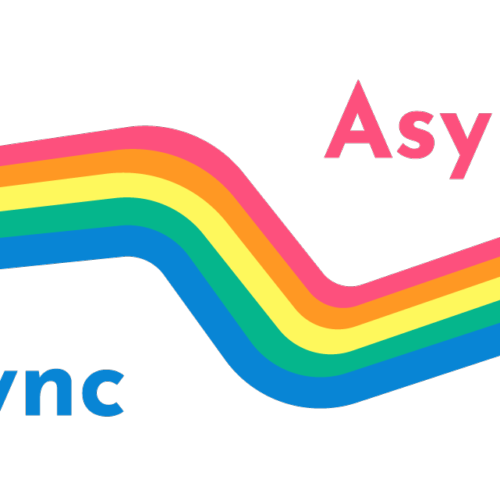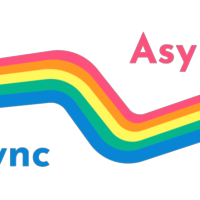
Bridging Sync and Async Code in Rust Using SeaQL
Discover how to effectively combine synchronous and asynchronous code in Rust by understanding the concept of 'colored functions' and utilizing systems like SeaQL. Learn how to optimize concurrency using message passing and explore examples spanning from synchronous to asynchronous code.
Published 1 year ago by https://github.com/tyt2y3 on www.sea-ql.org
Abstract
The article explores the concept of combining synchronous and asynchronous code in Rust using SeaQL. It delves into optimizing concurrency through message passing, providing examples ranging from pure synchronous code with std::sync::mpsc to asynchronous code with tokio::sync::mpsc and the ideal setup using Flume for multi-producer, multi-consumer scenarios. The article also covers transitioning between synchronous and asynchronous code and handling graceful shutdowns.
Results
This information belongs to the original author(s), honor their efforts by visiting the following link for the full text.
Discussion
How this relates to indie hacking and solopreneurship.
Relevance
This article is crucial for understanding how to effectively integrate both synchronous and asynchronous code in Rust projects, optimizing concurrency and maximizing CPU usage. It highlights the challenges and solutions when combining different paradigms within the same system to create efficient and scalable applications.
Applicability
You should apply the insights from this article to enhance the performance of your Rust projects by learning how to seamlessly combine sync and async code, making the most out of your CPU resources. Experiment with the examples provided to see how you can improve concurrency in your applications.
Risks
When bridging sync and async code, be cautious of potential errors related to lifetimes, channel management, and handling shut down processes correctly. Incorrect implementation could lead to resource leaks, inefficient task distribution, and difficulties in ensuring all tasks are completed before shutting down.
Conclusion
Understanding the nuances of combining sync and async code in Rust will be increasingly important as software development continues to evolve towards more concurrent and scalable solutions. By mastering these concepts now, you position yourself well to build high-performance, resilient systems in the future.
References
Further Informations and Sources related to this analysis. See also my Ethical Aggregation policy.
The rainbow bridge between sync and async Rust | SeaQL
This story stems from the saying "What Color is Your Function?" as a criticism to the async implementation of common programming languages. Well, Rust also falls into the category of "colored functions". So in this blog post, let's see how we can design systems to effectively combine sync and async code.


SeaORM
Explore SeaORM, an async and dynamic ORM for Rust, designed to simplify building web services with powerful query capabilities and seamless integration. Stay updated with tutorials and best practices to leverage SeaORM for creating efficient, scalable applications.
Appendices
Most recent articles and analysises.

Amex's Strategic Investments Unveiled
2024-09-06Discover American Express's capital deployment strategy focusing on technology, marketing, and M&A opportunities as shared by Anna Marrs at the Scotiabank Financials Summit 2024.




